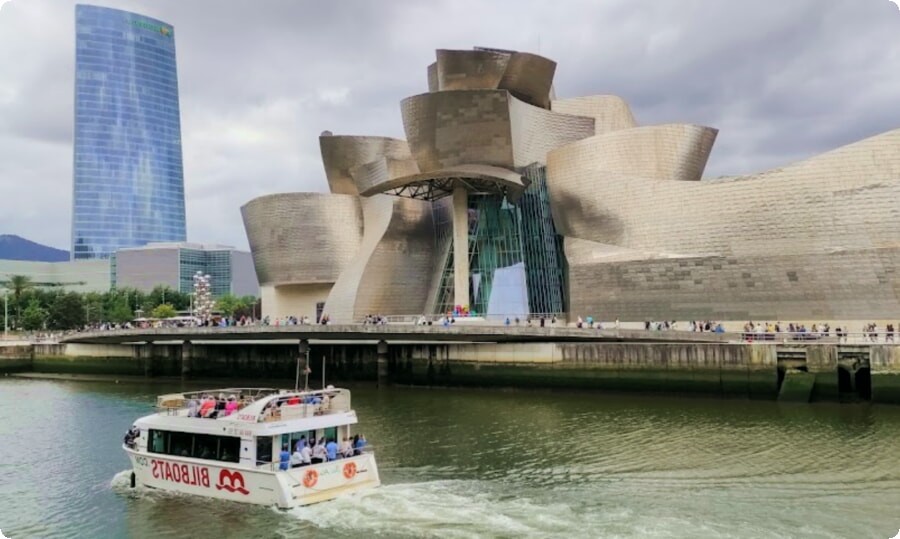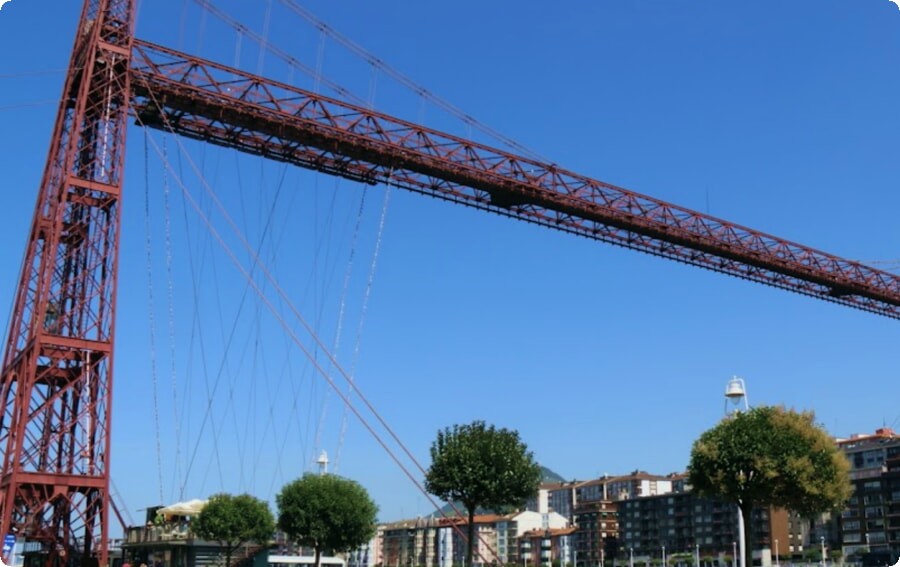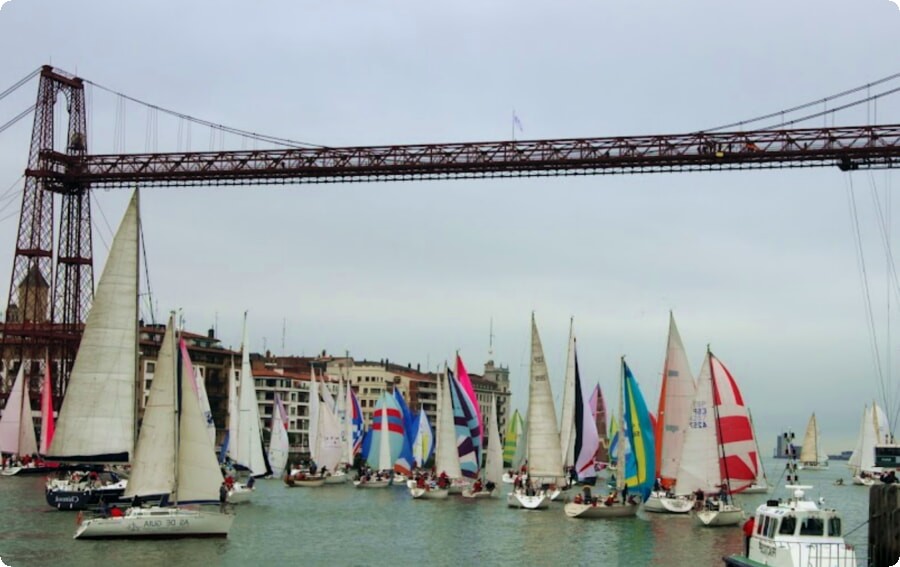Bilbao: architectural gem and symbol of Basque Country
Euskadi community, as locals call the territory of Basques, can amaze even the most demanding traveler. It is one of the most neglected regions of Spain.
For a comfortable trip, many tourists prefer to use car rental services in Spain. The average cost of renting a car in Bilbao is 15 euros per day, in Barcelona - 17 euros per day.
Colorful history, unusual architecture and a rich culinary scene can all be enjoyed in Vizcaya's provincial capital, Bilbao. The city's iconic building is the extravagant postmodern Guggenheim Museum, made up of titanium plates. Its dominance must be appreciated even by those who are not spoiled by modern architecture. Since 1997, when the museum was built, Bilbao has become one of the main cultural centers of the country.
Already on the way to the museum, two of his talismans catch your eye. A puppy almost 12.5 meters high, covered with flowers, and a Maman spider 9 meters high. Inside you will find works by Andy Warhol and even Rauschenberg. But interesting works of art are outside the museum. Directly above Guggenheim is the iconic Puente de la Salve bridge. Its bright red color literally conveys the atmosphere of Bilbao.


Tip: if you have a free moment in Bilbao, be sure to go to the match of the local club Atlético Bilbao. You will learn about it as soon as you pass through the city. Basques will walk the streets in the colors of the club. Their energy is sure to keep you moving forward. A football match is a great event.

Charming historical cornersBilbao is a major industrial center with a rich history of shipbuilding. The winding streets of the historic city center will lead you to the 14th century Gothic cathedral and the Basilica of Our Lady of Begona. One of the most significant suspension bridges in the world, Puente Colgante, is also worth a visit. On its design there is even a suspended "boat" or gondola, on which you can ride across Nervion River. One trip takes about one and a half minutes. It runs every eight minutes during the day and once an hour at night. The line across the river is part of the public transport system. It should be noted that riding, or rather flying, on steel cables over the surface of a river can be a very nerve-wracking game. The gondola can accommodate approximately six cars, six motorcycles and about 200 people.Puente Colgante Bridge is the oldest gondola bridge in the world, built in 1893 by Alberto Palacio, one of the famous students of Gustave Eiffel. By connecting the two banks, the harbor did not have to be cut off from the sea, and at the same time, it was possible to avoid the construction of expensive ramps that would have had to be used in the construction of a classical bridge. In 2006, the bridge was included in the list of monuments for its timelessness and unique technological design. It is one of the most important structures of the European Industrial Revolution.On the pillars of this 160 meter bridge, new elevators have been installed that allow you to go over the bridge to the other side, where there is another wonderful place in Bilbao - the fishing district of Portugalete, where it is worth looking inside a real fishing boat. It is located right next to where the gondola of the industrial bridge leaves you. Also, if you climb to the top of the area, Vista Alegre, or the fun lookout, you'll see the opposite area, Getxo, with its beaches and beautiful villas right at your doorstep. A walk along the bridge structure promises a beautiful view of the entire river and adjacent buildings.


Not only experience makes a person aliveTo see the real Bilbao, you should visit Casco Viejo. In the medieval part of the city, which was walled until the 19th century, seething with colors, it will amaze you with its typically magical atmosphere. After satisfying the soul, do not forget to surprise the body and indulge in traditional pintxos in one of the secluded taverns in the city center. It is a Northern Spanish word meaning "tapas". You can take a trip along the wine route through the northern part of the Rioja Alavesa region.And in conclusion - a typical Basque wine txacol, which is grown near Bilbao.